- Lens diameter: 120 mm / Focal length 1000 mm
- Maximum recommended magnification: 240 x
- Magnification with included accessories: 40x – 100x
- Tripod height: 710-1230 mm
- Total weight: 18 kg / Tube weight: 5700 g
- Includes: Telescope, mount, tripod, accessories
- Mount: Equatorial EQ-5 with a steel tripod
- Excellent light-gathering power, long focal length
- Simple tracking by hand
A large achromatic refractor designed for more demanding lovers of the night sky. The lens diameter of this optical instrument is 120mm and the focal length is 1000mm. A telescope with such parameters will be very good for observing the Moon and planets. Thanks to the large, for a refractor, aperture, this telescope also gives a lot of possibilities when observing deep sky objects, such as star clusters, galaxies or nebulae – to observe these objects, it is worth equipping the telescope with an eyepiece with a focal length of 35-40mm.
Optical system
The BK 1201 EQ5 telescope is a typical refractor designed as a classic achromatic doublet. With a focal length of 1000mm and a diameter of 120mm, this telescope has a moderate light intensity of f / 8.3. The objective lenses are covered with anti-reflective coatings to improve the contrast and brightness of the image. The set includes 10mm and 25mm Kellner glasses and a 2 “angular adapter with a 1.25” reduction.
Installation
The EQ5 parallactic mount is a solid structure with high weight and high load capacity. This mount is made of massive castings and guarantees image stability even in the case of Newtonian telescopes with a diameter of 20 cm. Compared to smaller mounts, the use of a steel tripod with 1.75 “diameter legs has also brought a lot to stability. The EQ5 allows you to suspend any optical tube weighing less than 15 kg equipped with the classic Vixen dovetail. It is possible to connect drives leading to the movement of the sky – both straight and leading in one axis and advanced, such as Upgrade Kit EQ5 with SynScan GoTo system
Spectacle lift
The BK 1201 is equipped with a 2 “Rack & Pinion eyepiece extractor. The extractor is terminated with a retaining ring with screws clamping 2-inch accessories. There is a standard Sky-Watcher finder attachment on the extractor body. Sky-Watcher
Astronomical observations of the
Solar System:
Small features on the lunar surface – but no smaller than 1.5 km, caps on Mars, even more details in Jupiter belts, numerous comets, brighter asteroids
Stars:
Approximately 1.85 million stars across the sky, up to about 12-12.5 magnitude, double and multiple stars separated from each other angularly more than 1 “.
Nebulae objects
Hundreds of star clusters, nebulae and galaxies, many objects from the NGC and IC catalogs. Considerable detail in nebulae and star clusters. Spiral arms observable in the brightest galaxies.




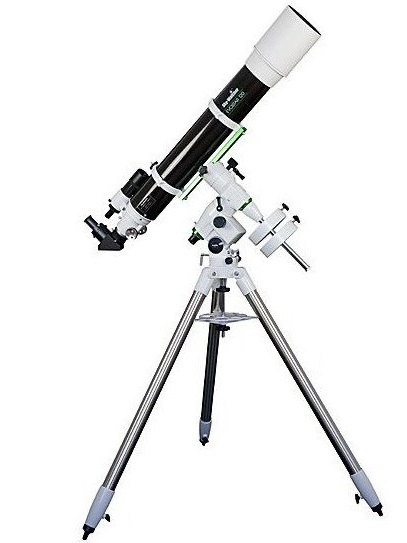
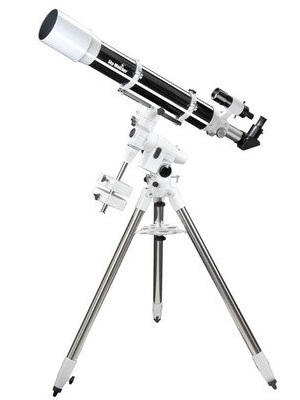

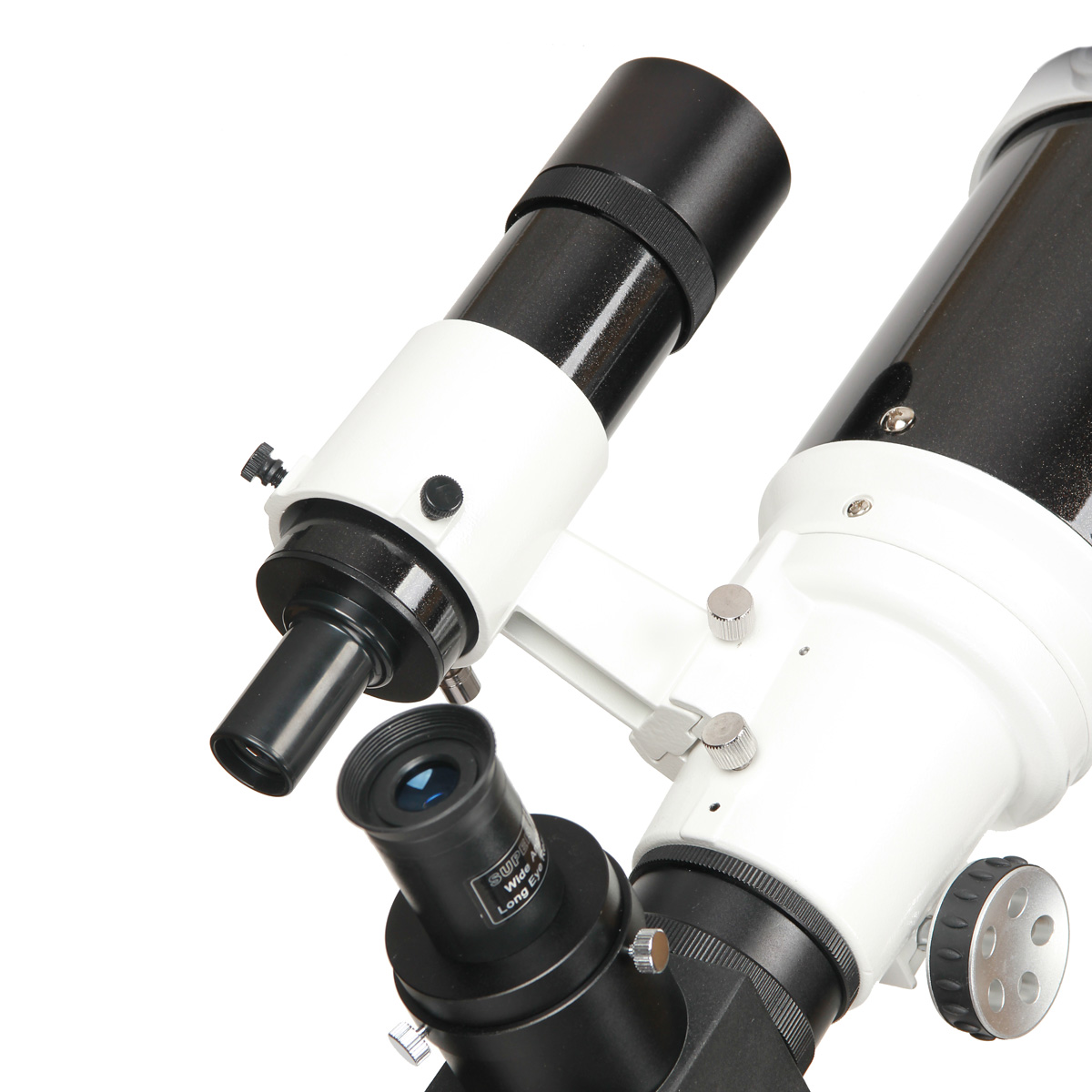
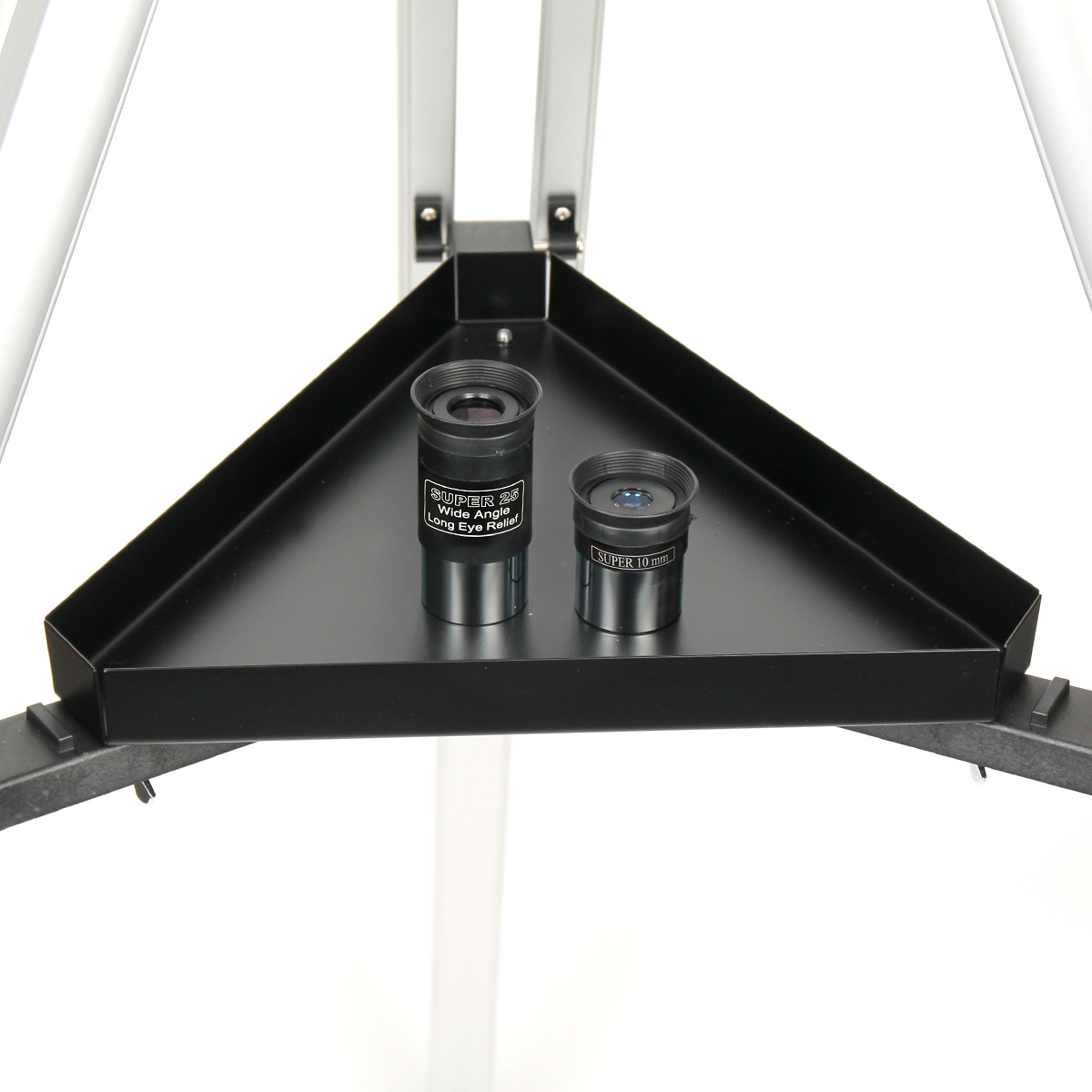

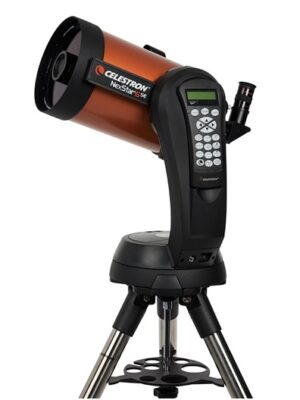
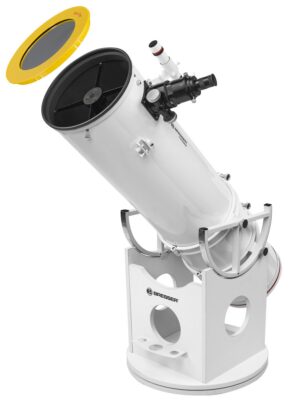
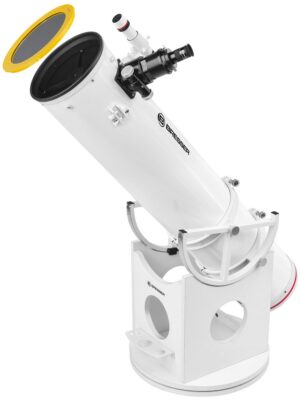
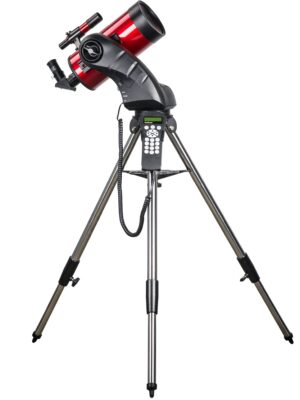
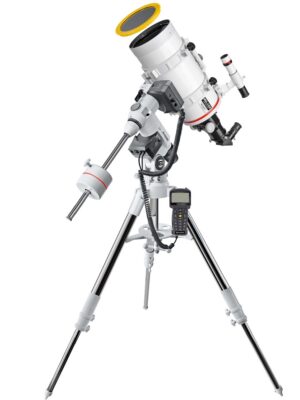

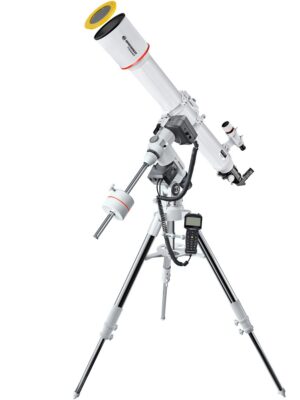
Reviews
There are no reviews yet.